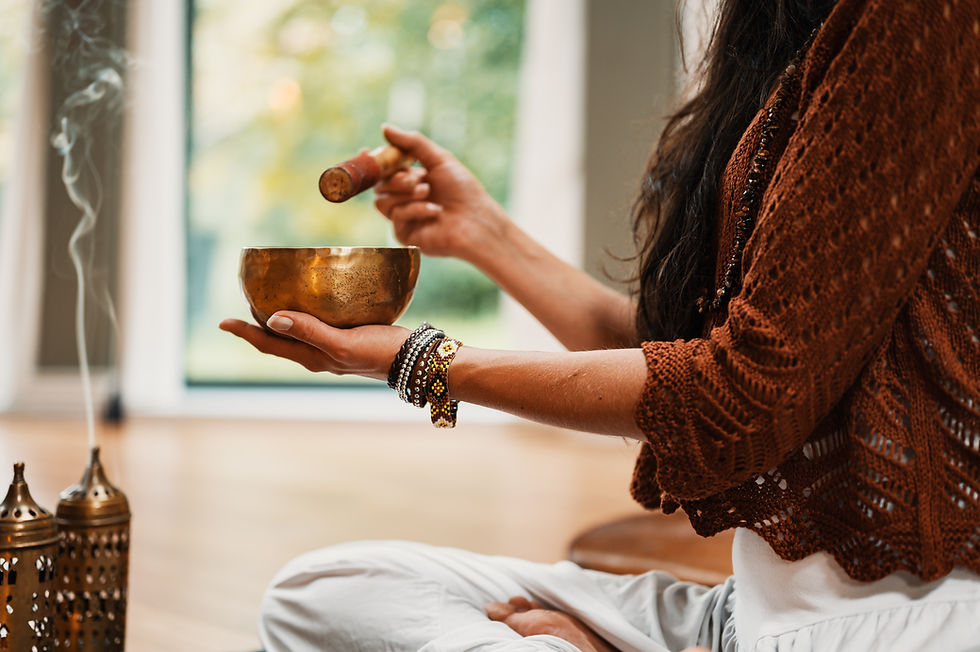Wheatgrass the secret superfood-How to grow it at home guide
- Dr. Sepi Sefy

- Jan 24, 2022
- 3 min read
Updated: Dec 18, 2022
Wheatgrass is special type of food that is highly nutritious for the body, but sadly not many know about its powerful effects. So I decided I need to blog about this! Lets bring this vital piece of information to eyes who read them in hope that this best kept secret will flourish in every home in all corners of the world!
So here it goes!

What is wheatgrass?
Wheatgrass is the young grass of the wheat plant; Triticum aestivum. It grows in temperate regions throughout Europe and all over the world, it can live indoors or outdoors. Many people grow their own wheatgrass which we will examine shortly!
Nutritional Benefits of wheatgrass;
Wheatgrass is a natural source of vitamins, minerals and antioxidants;
Vitamins A, E, C, K and B6
Calcium
Selenium
Magnesium
Iron
The above are broken down as follows;
Energy: 25 calories
Protein: 1 g
Carbohydrates: 6 g, or 2% of an adult’s daily requirements or daily value (DV)
Fiber: 4 g, or 14% of DV
Calcium: 24 milligrams (mg)
Iron: 1 mg, or 6% of DV
Vitamin K: 86 micrograms, or 70% of DV
Wheatgrass has shown promising results when consumed raw in form of juicing such as;
· Reducing cholesterol
· Kill Cancer Cells
· Aid in blood sugar regulation
· Anti-inflammatory
· Promotes weight loss!
· Prevents multiple diseases including blood disorders
· Boost metabolism
· Reduces stress
· Fights infections
· Treating gastrointestinal distress
· Preventing and treating type 2 diabetes
· improving digestion
· lowering blood pressure
· removing heavy metals from the bloodstream
· balancing the immune system
· relieving gout
· Aids in healing with heart disease
· Arthritis
And so much more! Have I convinced you yet?? Well let me tell you this, we humans, as mammals like all other animals need enzymes in our diets which are the labourers of the body, without enzymes nothing is possible such as movement, digestion and even the act of thinking! We need raw food such as uncooked veg and fruits in order to keep our enzyme count up by consuming exogenous enzymes (external enzymes), it is the least we could do to help the body maintain itself. Enzymes are not heat tolerable, so as soon as they are exposed to heat they die, which is why juicing and eating raw foods is so important for our bodies, this is the simple best way to keep our body disease free.
Okay now I will show you how to grow it, harvest it and juice it!
Step 1:
Order a tray, tray lid, wheatgrass seeds and some compost. The tray and lid are normally around €10 and the seeds aren’t expensive either. So you will spend around €20-25, which isn’t a large spent for a healthy lifestyle!
Step 2:
Put the compost in the tray, spray it with water to moisten it. Take a handful of wheatgrass seeds and soak it in water for a couple of hours before placing them sparingly across the compost.
Spray again with water and place the lid on the tray.
Step 3:
Spray the tray once a day.


When I seeded my tray I only put a few seeds down as I had another tray so this particularly a small harvest but feel free to plant more seeds for a thicker harvest.
Step 4:
The wheatgrass should have grown 8-12cm within a week, you can harvest the wheatgrass by cutting them with a scissors. But don’t disturb the seeds because you can get at least 2-3 grows out of it before having to re-seed. So just place the lid back on and continue spraying daily.


See how I cut it short but didn't disturb the seeds so I can get another harvest from it in a few days time. The second picture is how I juice my wheatgrass, I normally mix in some kale, Brussel sprouts and broccoli with it too.
Step 5:
Either use your existing juicer or buy a hand held wheatgrass juicer and mix in some leafy greens with it for a nice healthy full of enzymes and nutritional drink!
Happy Juicing!!
-The Earth Healer
Healing the earth one juice at a time!



Comments